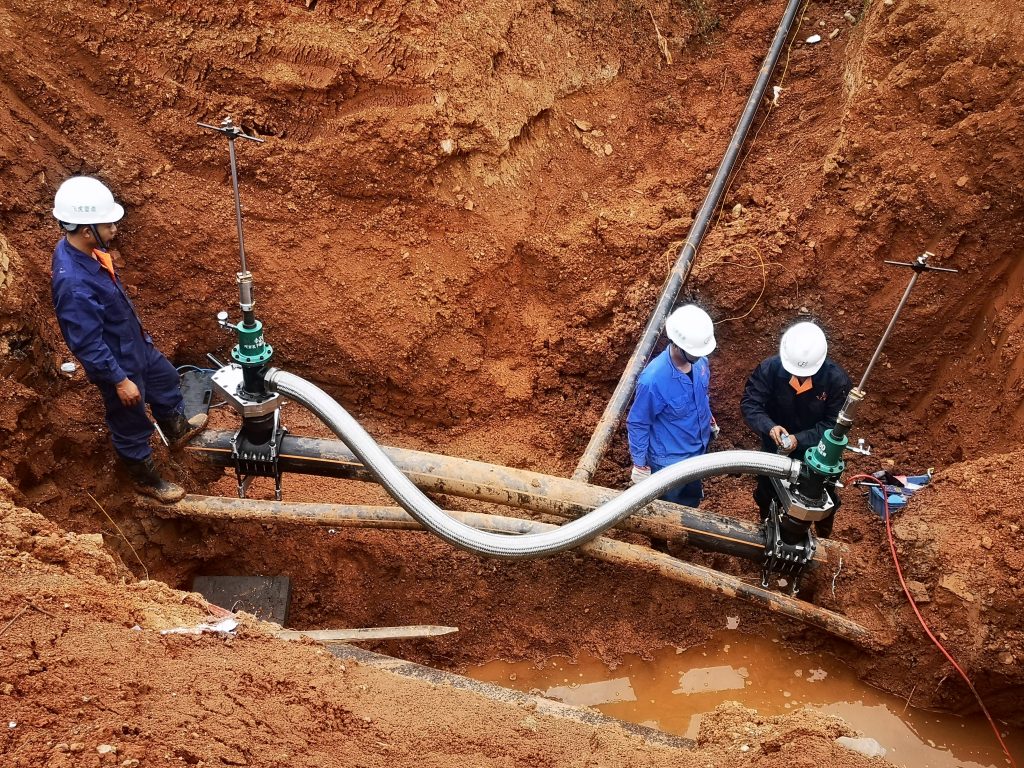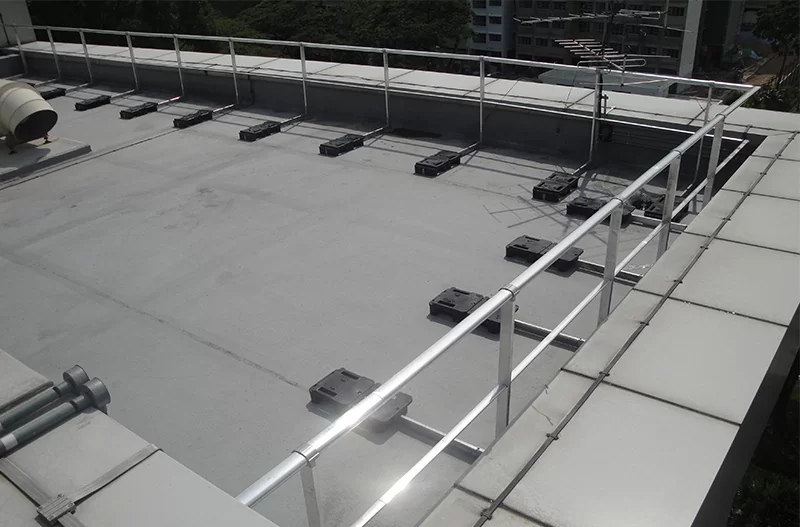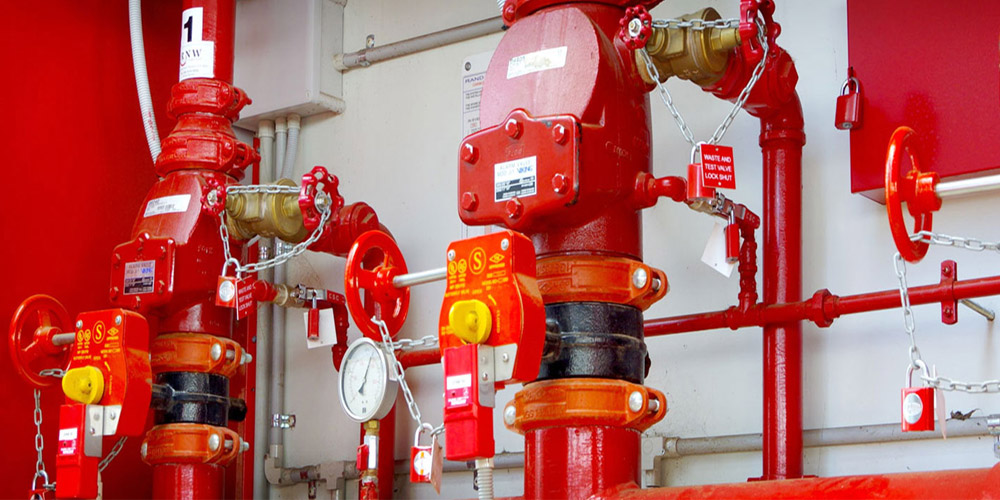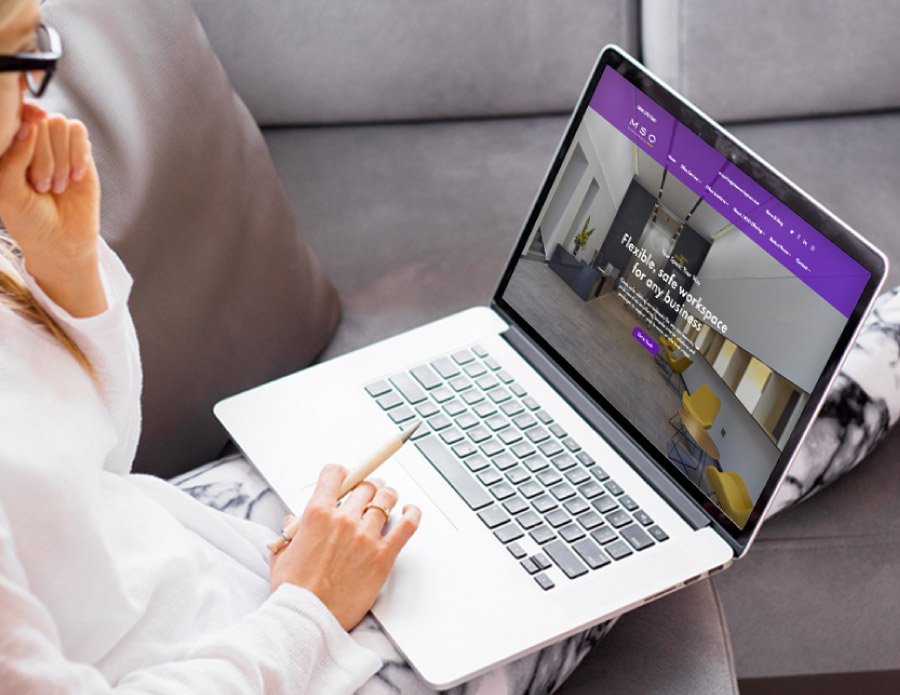Restrooms are one of the most critical yet overlooked aspects of facility management. From cleanliness to supply availability, poorly managed washrooms can impact user satisfaction, increase maintenance costs, and reduce operational efficiency. Facility managers across industries are now turning to innovative solutions like a smart toilet management system to transform how restrooms are maintained, monitored, and optimized.
By leveraging IoT sensors, real-time data, and AI-powered insights, smart toilet management systems are setting a new benchmark for hygiene, efficiency, and sustainability in commercial, public, and industrial environments.
What is a Smart Toilet Management System?
A smart toilet management system refers to an integrated technology solution that utilizes Internet of Things (IoT) devices, artificial intelligence, and cloud-based data analytics to automate and enhance the operations of restroom facilities.
Unlike traditional methods where cleaning and maintenance are based on fixed schedules, a smart toilet management system uses real-time data to dynamically adjust cleaning tasks, track consumables, monitor usage, and identify maintenance needs. This not only improves cleanliness but also ensures resources are allocated based on actual demand.
Smart restroom solutions are especially valuable for high-traffic environments such as airports, shopping malls, hospitals, and office complexes where manual monitoring is inefficient and costly.
Core Features of a Smart Toilet Management System
A well-designed smart toilet management system comes with a suite of powerful features that make restroom operations more intelligent and responsive:
Real-Time Monitoring: Sensors installed in washrooms collect data on foot traffic, occupancy, air quality, and more. Facility managers receive live insights into how each restroom is used throughout the day.
Dynamic Cleaning Schedules: Instead of fixed-time cleaning routines, janitorial staff are alerted when usage thresholds are met, ensuring restrooms are cleaned precisely when needed.
Consumable Supply Tracking: Soap, tissue paper, hand sanitizer, and paper towel levels are automatically tracked, minimizing stockouts and reducing unnecessary restocking trips.
Predictive Maintenance Alerts: The system can detect anomalies like water leaks, malfunctioning toilets, or ventilation issues and notify maintenance teams before the problem escalates.
User Experience Analytics: Heatmaps and usage trends help facilities understand peak hours, allowing for better planning of cleaning staff and consumables.
Benefits of Implementing a Smart Toilet Management System
A smart toilet management system offers tangible advantages across several operational dimensions:
Improved Cleanliness and Hygiene: With real-time alerts for cleaning and restocking, facilities maintain higher hygiene standards and ensure a consistently clean environment for users.
Enhanced Operational Efficiency: Tasks are no longer based on guesswork. Data-driven insights lead to smarter allocation of resources, allowing cleaning teams to focus on areas that need attention.
Cost Savings: Unnecessary restocking, over-cleaning, and frequent maintenance visits are reduced. Over time, this leads to substantial cost reductions.
Eco-Friendly and Sustainable: Water usage is optimized, consumables are managed more efficiently, and energy wastage is minimized—making the system an excellent fit for sustainability goals and ESG reporting.
Better User Satisfaction: Clean, well-stocked restrooms improve user satisfaction, especially in hospitality, healthcare, and retail sectors where customer experience matters most.
Smart Toilet Management and Facility Efficiency
One of the most significant advantages of deploying a smart toilet management system is how it integrates with broader facility operations. By connecting to centralized building management systems, it becomes a crucial component of smart building infrastructure.
Predictive analytics within the system help facilities identify patterns and anticipate needs, avoiding service disruptions. Whether managing a single restroom or multiple buildings, the platform allows for centralized control, detailed performance tracking, and improved decision-making.
Cleaning routes can be optimized, staff productivity can be monitored, and supply ordering can be automated based on data—not assumptions.
The Role of Data Security in Smart Toilet Management
While the functionality of a smart toilet management system is impressive, data security remains a critical factor. AST, a leading provider of such systems, ensures robust measures are in place to protect sensitive data.
All personal data is anonymized to prevent misuse. The platform is GDPR-compliant, meaning it adheres to strict European Union regulations on data protection and privacy. Encryption methods secure data transmissions, and access is limited only to authorized personnel. This commitment to data privacy makes AST’s solution trustworthy for enterprise-level deployment.
Use Cases and Applications
The versatility of a smart toilet management system means it is applicable across a wide range of industries:
- Commercial Buildings: Enhance occupant satisfaction and streamline janitorial services in office towers and business hubs.
- Airports and Transport Hubs: Manage high-traffic restrooms with real-time data to maintain hygiene standards around the clock.
- Shopping Malls and Retail: Improve customer experience by ensuring restrooms are always clean and well-stocked.
- Healthcare Institutions: Maintain strict hygiene and safety standards in hospitals and clinics through automated tracking and maintenance.
- Educational Facilities: Ensure better cleanliness and optimize operations across large campuses with multiple washrooms.
How to Choose the Right Smart Toilet Management System
Selecting the right smart toilet management system involves evaluating several key factors:
Scalability and Customization: Choose a system that can adapt to different facility sizes and unique operational needs. Whether you’re managing 10 restrooms or 100, scalability is essential.
Dashboard and Analytics Tools: Look for platforms that provide intuitive dashboards, real-time alerts, and detailed reports to guide decision-making.
Vendor Reliability and Support: Working with a trusted provider like AST ensures long-term success. Consider vendors who offer post-deployment training, maintenance, and customer support.
Focus on Sustainability: Make sure the system aligns with your organization’s environmental goals and promotes resource conservation.
Why AST is the Leading Choice
AST (Advancer Smart Technology) has emerged as a top provider of smart toilet management systems in Asia and beyond. Their solution combines cutting-edge IoT innovation, strong sustainability principles, and a customer-first approach.
AST’s Smart IoT Toilet Solution is more than just a monitoring tool—it’s a comprehensive platform that empowers facilities to become data-driven, environmentally responsible, and cost-efficient. From dynamic cleaning schedules to predictive analytics and GDPR-compliant data security, AST’s system is engineered to elevate the standard of restroom management.
Facilities that partner with AST benefit from personalized deployment, industry-leading technology, and ongoing support that drives lasting improvements in operations.
Takeaway
A smart toilet management system is no longer a futuristic concept—it’s a present-day necessity for facilities aiming to improve hygiene, cut operational costs, and meet sustainability goals. With real-time insights, predictive maintenance, and seamless integration with facility systems, this technology is transforming how restrooms are managed.
As buildings grow smarter, so should their restrooms. Adopting a solution like AST’s Smart IoT Toilet System ensures your facility stays ahead of the curve in efficiency, cleanliness, and customer satisfaction.
















